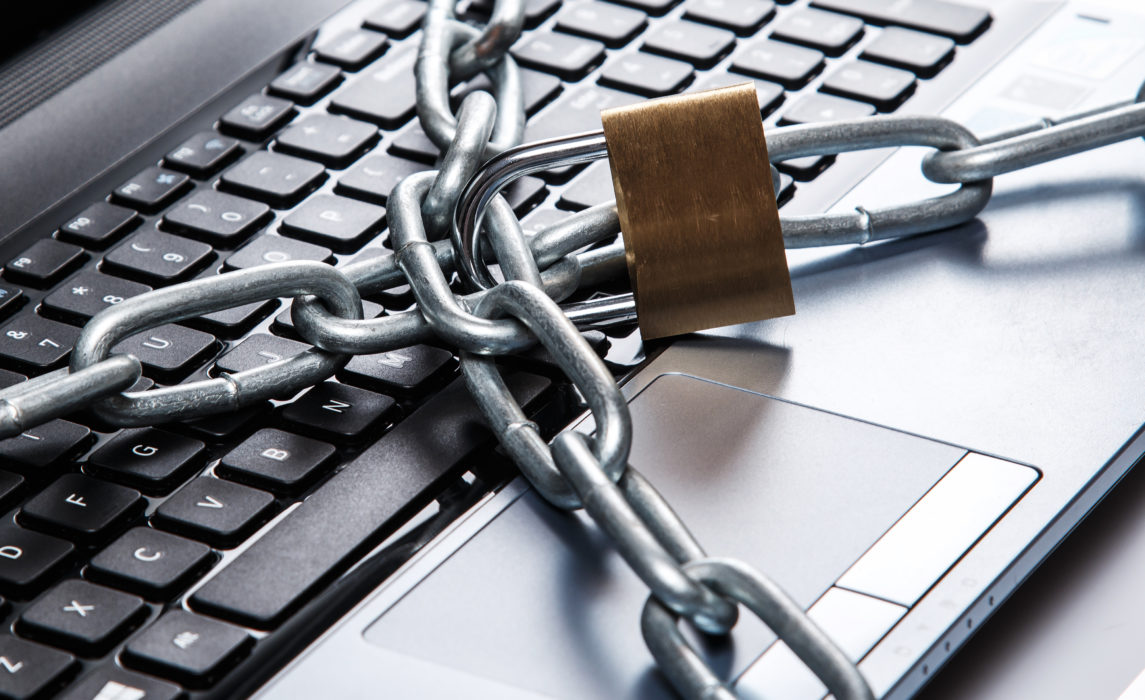Hello!
 We live in the times when a lot — if not most — of our data is stored online. This makes data sharing and exchange remarkably easy. However, it does come with its own set of risks. Storing data online, especially data that is sensitive and private, is not always secure. Data breaches, leaks and theft are all an unfortunate possibility when working with data online — or even offline — on your device.
We live in the times when a lot — if not most — of our data is stored online. This makes data sharing and exchange remarkably easy. However, it does come with its own set of risks. Storing data online, especially data that is sensitive and private, is not always secure. Data breaches, leaks and theft are all an unfortunate possibility when working with data online — or even offline — on your device.
This is why in today’s post, we are looking into what makes it dangerous to store personal data online and your options for secure file transfers over the web.
What Is Considered as “Sensitive Data”?
Sensitive data can refer to any data that an individual or organization wants to keep private. In a lot of cases, the release of such information can have devastating effects. For a company, it may be related to losing trade secrets. On an individual level, it may involve disclosing personal data like your financial information, logins, ID, and more.
Personal information may also be referred to as NPI (nonpublic personal information) or PII (personally identifiable information) and may include an individual’s date of birth, address, social security number, medical information, ethnic data, genetic data, biometrics, gender information, and more. Some examples of non-public corporate information may include contracts, financial information, trade and operation secrets, and more.
 The inability to keep private personal and commercial data protected may result in data theft or leakage.
The inability to keep private personal and commercial data protected may result in data theft or leakage.
What Is Data Theft?
Data theft is the process of stealing private information that is stored online, on various devices and servers, etc. It is a growing problem for both individual users and businesses: the number of data breaches that occurred in 2021 by September 30th has already exceeded the number of data breaches that occurred in all of 2020.
Every year, governments pass a variety of new regulations that aim to protect personal and commercial data from unlawful access and theft. Examples of such initiatives include the General Data Protection Regulation (GDPR), California Consumer Privacy Act, and others.
While these acts are definitely helpful in spreading awareness about data security, both companies and individuals must exercise due diligence every time they work with private data. This is especially important when sharing data online.
Typically, when we need to exchange large amounts of data — and there are no options for passing it to the recipient manually (say via a flash drive) — we would share our files and folders via the cloud.
Is It Safe to Store Data in the Cloud?
 While storing data in the cloud is generally safe, it’s definitely not without risks.
While storing data in the cloud is generally safe, it’s definitely not without risks.
For instance, in 2011, a Dropbox update error made Dropbox accounts accessible to anyone with just an email address. The error only took a few hours to fix, but the data breaches that occurred in the meantime couldn’t be reversed. Another data breach occurred in 2012 when the email addresses and passwords of over 68 million users were revealed.
While the data breaches we’ve mentioned above are exceptions to the rule, they do reveal an issue with the way a lot of cloud storage platforms manage data. One of the biggest issues here is that most cloud storage platforms retain the right to access your information. And while the data you store in the cloud is encrypted, theoretically, anyone can get your encryption key because it is stored alongside your data.
How to Send Large Files Securely?
This is why when sending sensitive data over the web, it’s best to work with services that use zero-knowledge encryption. This is especially true when sending particularly large files as these tend to get targeted the most by hackers and data thieves. If you want to send a large file or folder over the web securely, we recommend using FileWhopper. It is a file sharing service that guarantees 100% data protection.
Also read:
- OSRS Best Money Making Methods
- Worried About the Inverter Battery Price?
- 5 Reasons Why Most Entrepreneurs Succeed in their Business
What Is Zero-Knowledge Encryption?
In short, zero-knowledge encryption means that FileWhopper’s team has no access to the data that passes through its servers and knows nothing about it. Today, zero-knowledge encryption is the most secure way to store your information on a public server.
 In addition to data safety, several other features set FileWhopper apart:
In addition to data safety, several other features set FileWhopper apart:
- Unlike cloud storage software like Dropbox or Google Drive, FileWhopper is not subscription-based. You will only need to pay for the file or folder that you are transferring at the moment. Your fee will be calculated based on the file’s or folder’s size, and no long-term commitment to FileWhopper will be necessary.
- FileWhopper doesn’t set any limits on the size of the file or folder you can transfer. Even if you want to transfer a 10TB folder, you will be able to do that with FileWhopper without having to compress that folder or split it into smaller parts. This makes it a great way to send large files and folders over the web compared to other available alternatives that impose strict limits on data storage.
- FileWhopper is really efficient at transferring large amounts of data. First, you will only need to download the service’s tiny app. The app will auto-delete when its job is done. Second, the recipient of the file or folder won’t have to wait until the upload is complete on your side. They can start downloading as soon as you start uploading — which is a great time saver.
- If your transfer is interrupted — say because of a connection failure — you won’t have to start from scratch. Your transfer will stop and then pick up from where it left off. No data will be lost in the process.
As you can see from above, FileWhopper seems like a solid solution for sending large files and folders online. What’s more, it’s one of the safest ways currently available for transferring large amounts of data thanks to zero-knowledge encryption. You can see how FileWhopper works first-hand with a free 5GB transfer available for all first-time users.
Thank you!
Join us on social networks!
See you!






